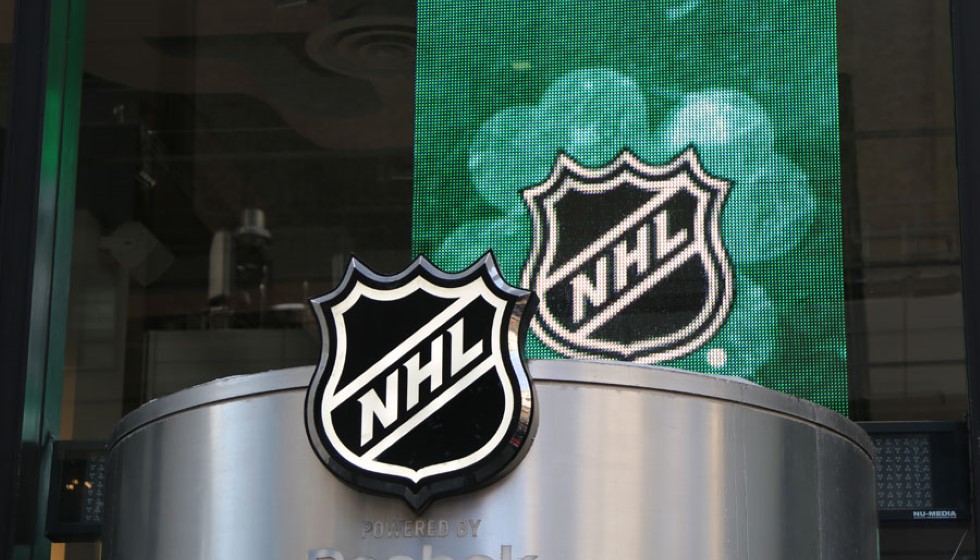
In a significant development for Philadelphia's sports scene, both the 76ers and Flyers have announced plans to share a new arena by 2031. This initiative marks a "50-50 joint venture," signaling a collaborative effort between two of the city’s most cherished teams. As the city buzzes with excitement, the partnership is poised to create a fresh landmark within the South Philly sports complex, where ardent fans already root for the Eagles and Phillies.
A Shift from Center City Ambitions
The Philadelphia 76ers had initially set their sights on establishing a new arena in Center City. However, the project faced substantial public opposition, with only 18% of residents backing the downtown arena, according to a 2024 poll. Despite securing crucial approvals from city lawmakers the previous December, the team ultimately decided to remain in South Philly, a decision influenced heavily by public sentiment. The 76ers' pivot reaffirms their commitment to a location that resonates with the majority of their fanbase.
Involvement of Key Stakeholders
The new arena project unites Harris Blitzer Sports & Entertainment (HBSE) and Comcast Spectacor, the latter having previously owned the 76ers before Josh Harris’s acquisition in 2011. This collaboration not only represents a merging of forces but also exemplifies their joint commitment to enhancing Philadelphia's sports infrastructure. Adam Silver, NBA Commissioner, summed up the sentiment by stating, "Great news for the City of Philadelphia," emphasizing the city's gain in achieving a "world-class arena for 76ers and Flyers fans, with opportunities for more teams to come." The NBA Commissioner further praised the leadership of Mayor Cherelle Parker and Governor Josh Shapiro in spearheading this initiative.
Future Prospects
Part of the excitement surrounding the new arena is the potential inclusion of a WNBA team in Philadelphia, which would broaden the city's sports offerings and provide a platform for showcasing top-tier women’s basketball. This expansion possibility is likely to excite fans and foster greater inclusivity in Philadelphia's vibrant sports culture.
Meanwhile, Josh Harris, whose business ventures appear to extend beyond the bounds of Philadelphia, is pursuing another ambitious project: a new stadium in Washington, D.C. His vision seems undeterred by borders, suggesting a broader strategy to bolster sports venues along the East Coast.
The move to South Philly, in particular, signifies the teams’ preference for a locale deeply woven into the city's sporting tapestry. The unified sports complex has been a longstanding hub for fans, and the introduction of a new, cutting-edge arena can be anticipated to enhance the overall experience for spectators.
Conclusion
Philadelphia's sports future is interwoven with its historic roots and forward-looking initiatives, promising an arena that not only holds past memories but also creates new ones for generations to come. As the Flyers and 76ers usher in this new chapter together, the collaboration signals a promising horizon for a city that thrives on its deep ties to sports. With supportive city officials and trust in stakeholder partnerships, Philadelphia stands poised to elevate its status as a renowned sports city, further igniting the passion of its dedicated fanbase.